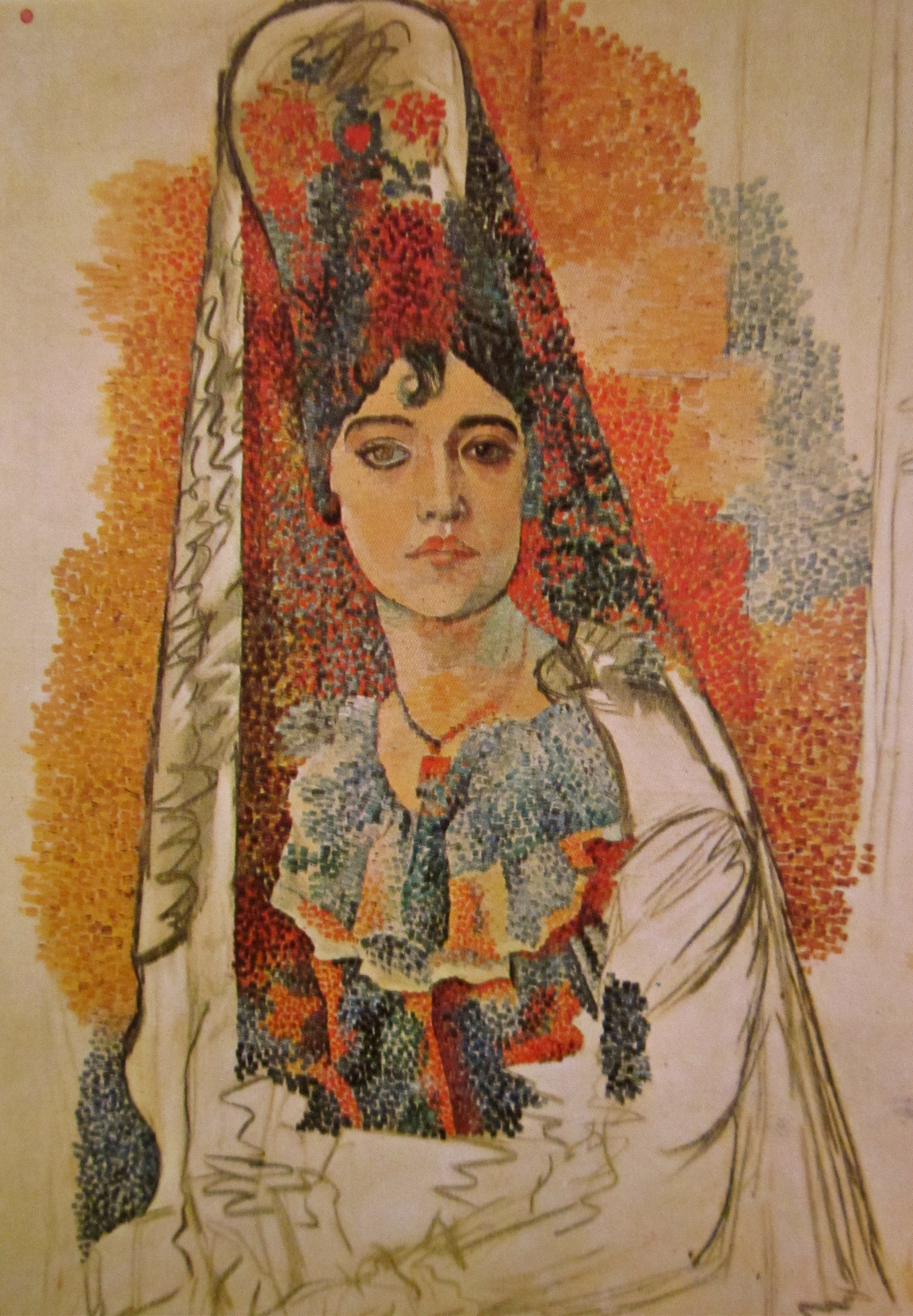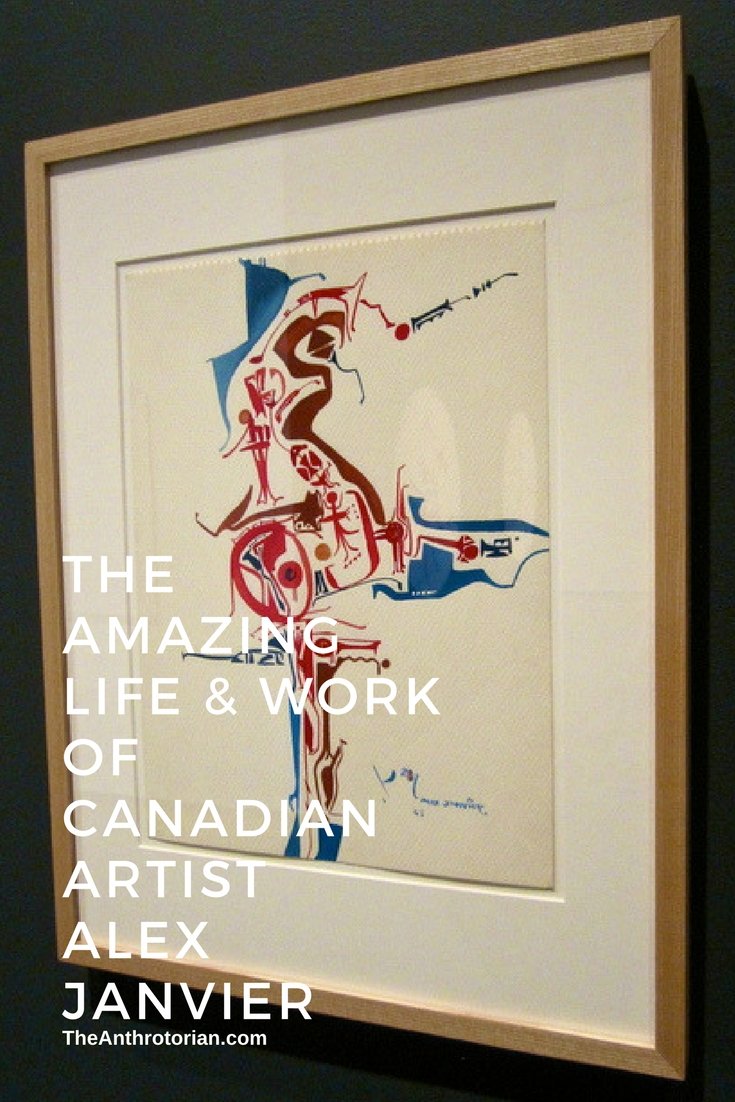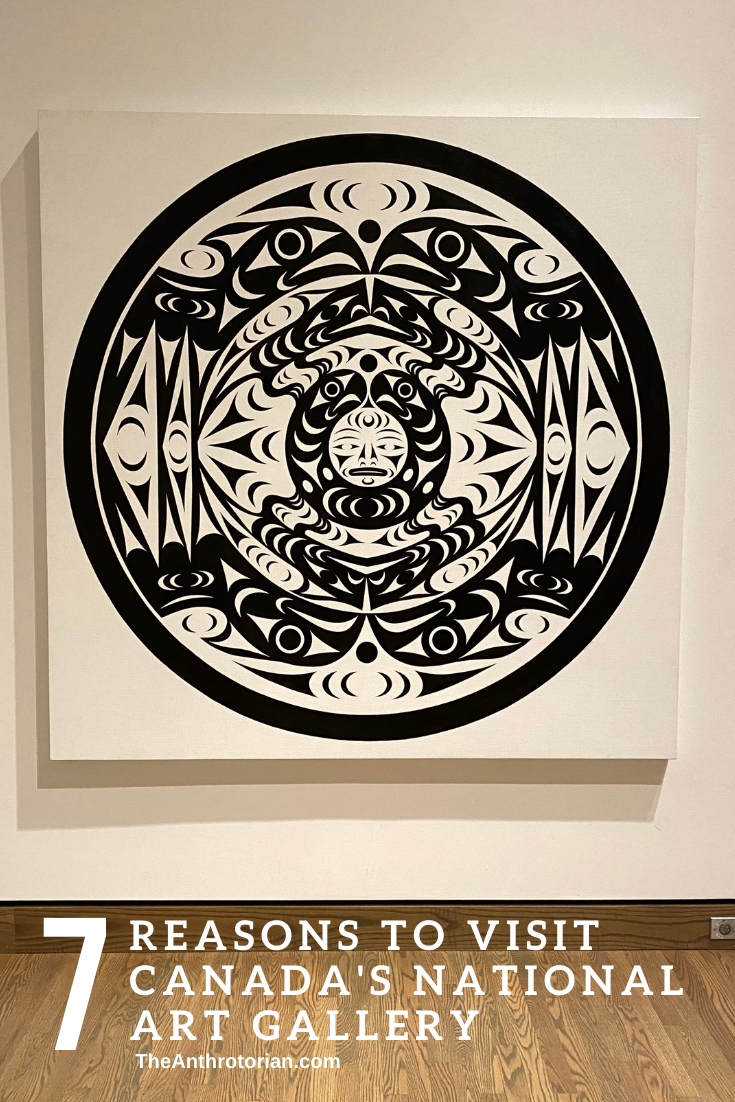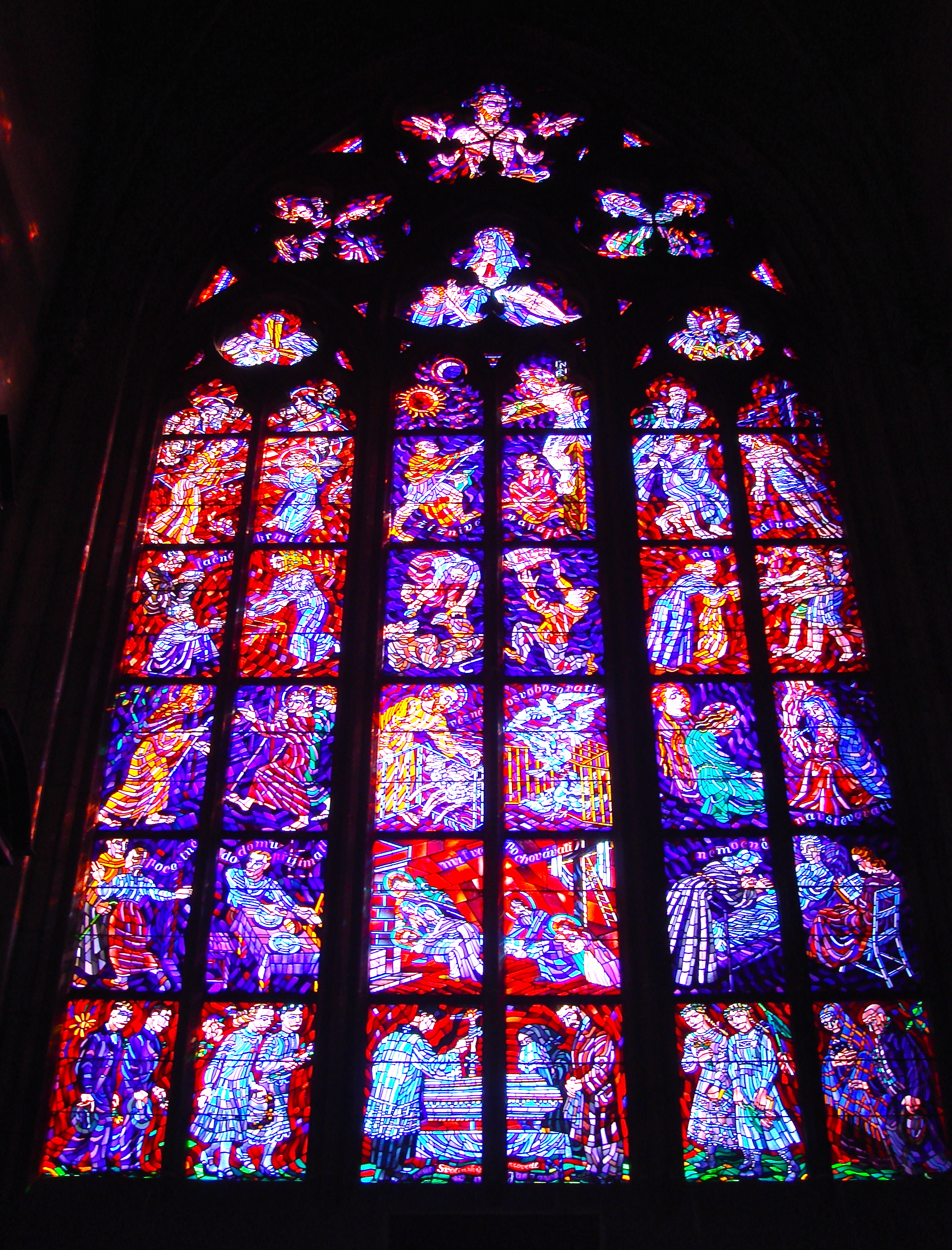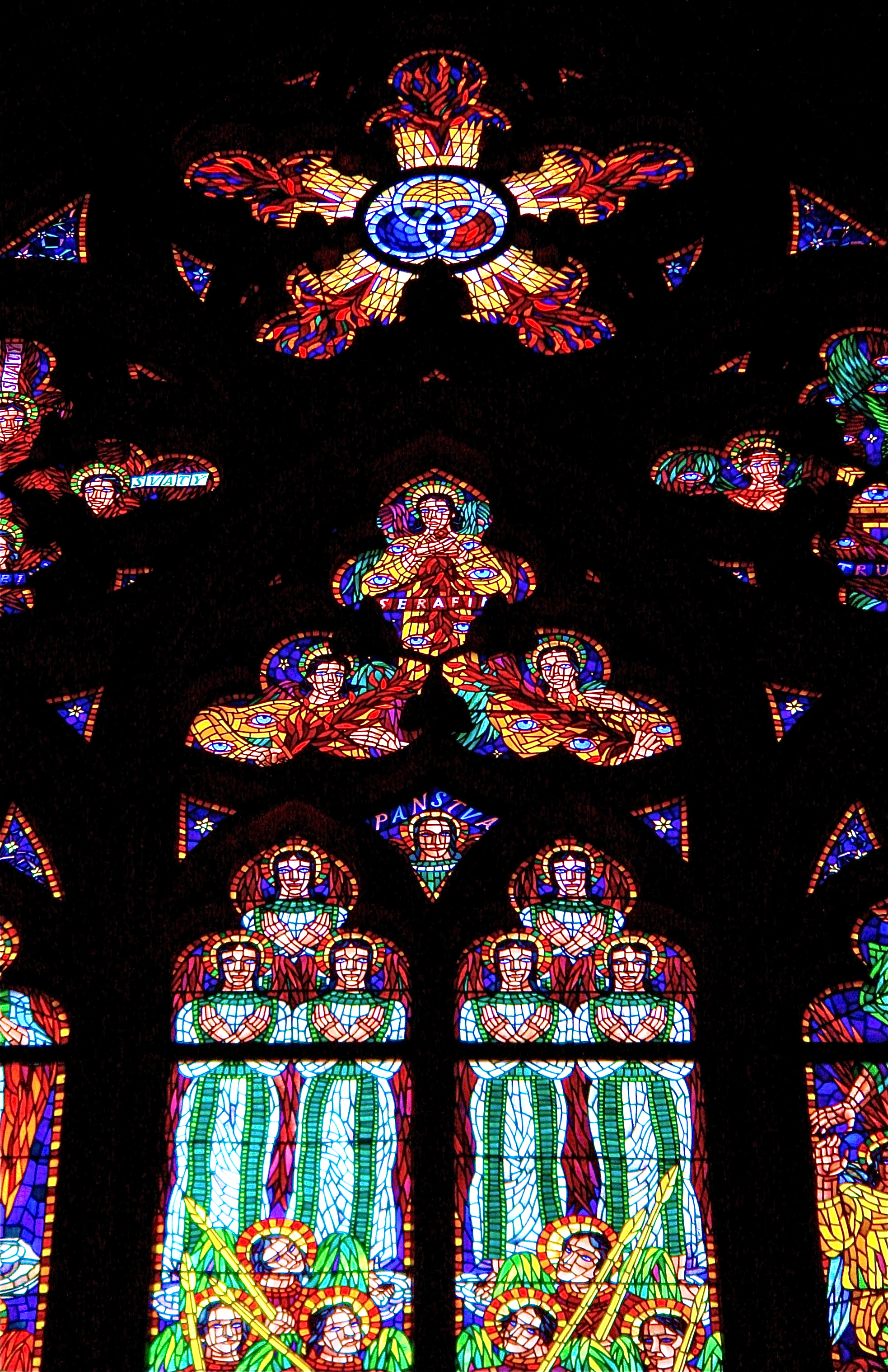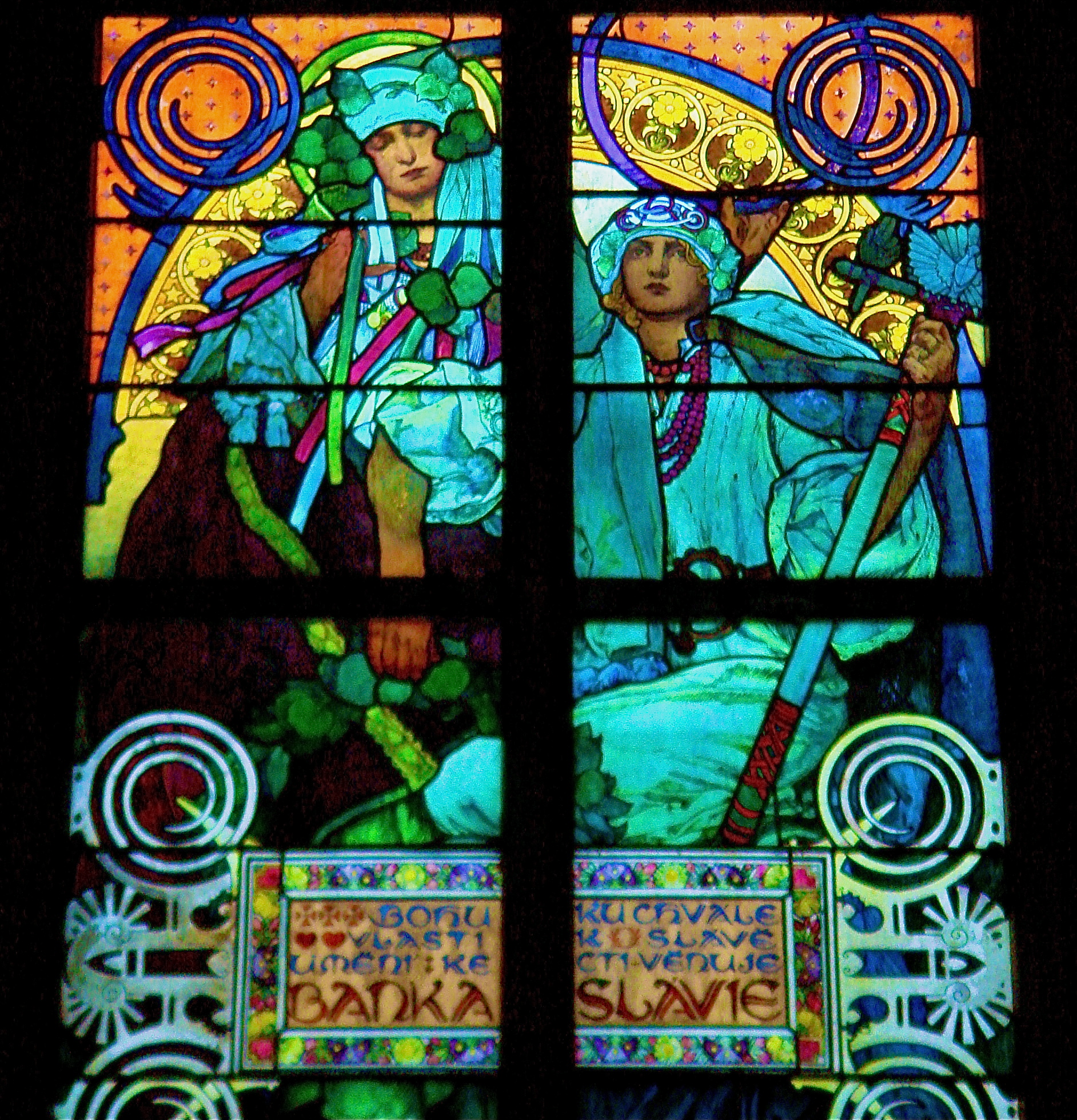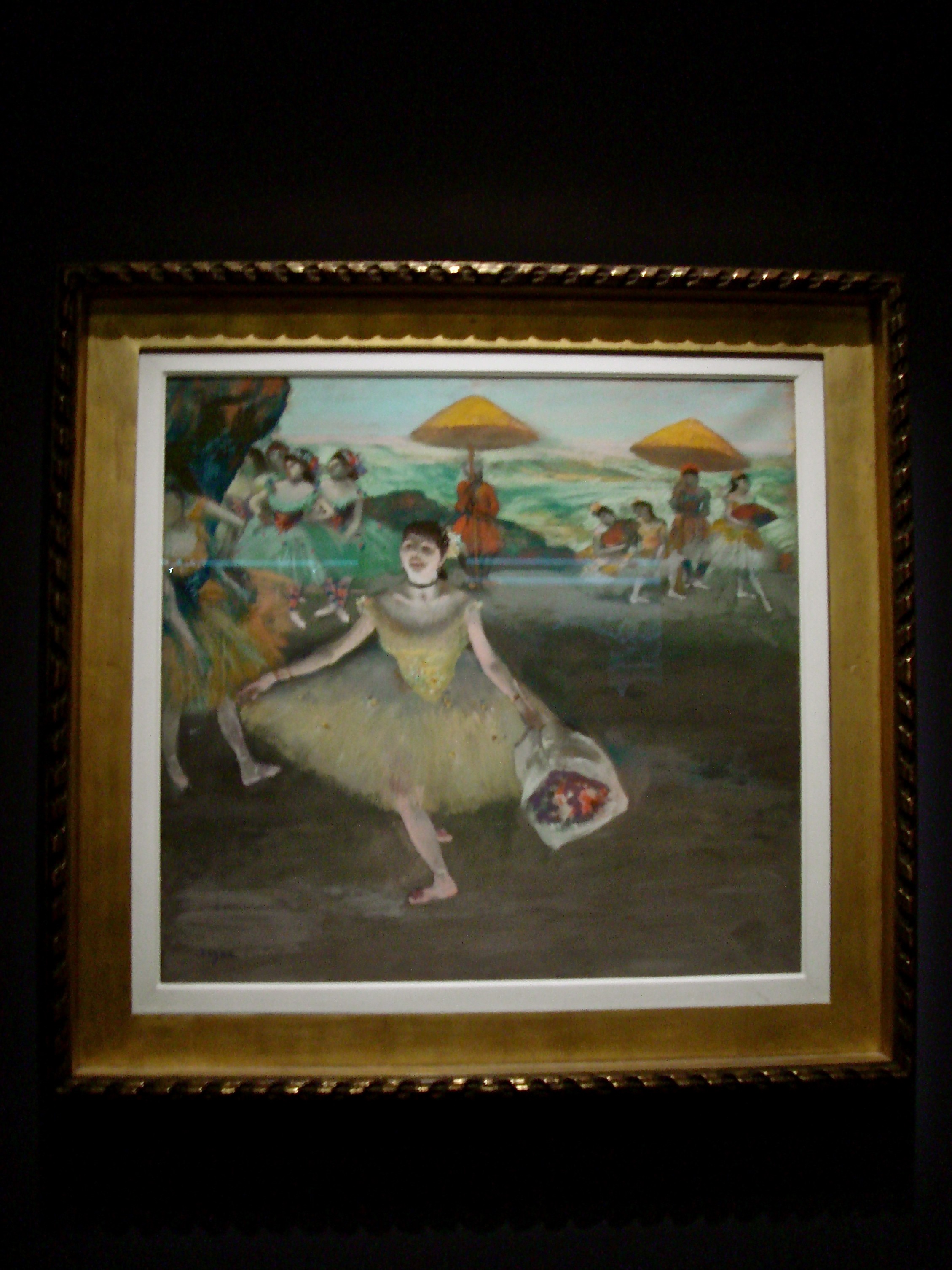“There’s a secret that real writers know that wannabe writers don’t, and the secret is this: It’s not the writing part that’s hard. What’s hard is sitting down to write. What keeps us from sitting down is Resistance”
I have always avoided (like the plague) anything that could be considered a ‘self-help’ book, but The War of Art came into my life exactly when I needed it (thanks Scott!). It gave me the motivation to get off my butt, stop making excuses and realize that the only person preventing me from doing what I REALLY wanted to do, was me.
In his book, Steven Pressfield calls procrastination and all other forces preventing you from exploring your inner potential (aka, getting off your butt and doing that creative thing you keep dreaming about doing) "Resistance".
According to Pressfield:
“Resistance cannot be seen, touched, heard, or smelled. But it can be felt. We experience it as an energy field radiating from a work-in-potential. It’s a repelling force. It’s negative. Its aim is to shove us way, distract us, prevent us from doing our work.”
The book goes on to further define this term and gives straightforward, logical tools to combat Resistance that are meant to help readers feel empowered and turn their dreams into reality.
This book is not geared only to those who are creatively inclined, however, if there is anything that you have ever wanted, but just keep putting off (tighter abs perhaps?), this book is worth the read.



